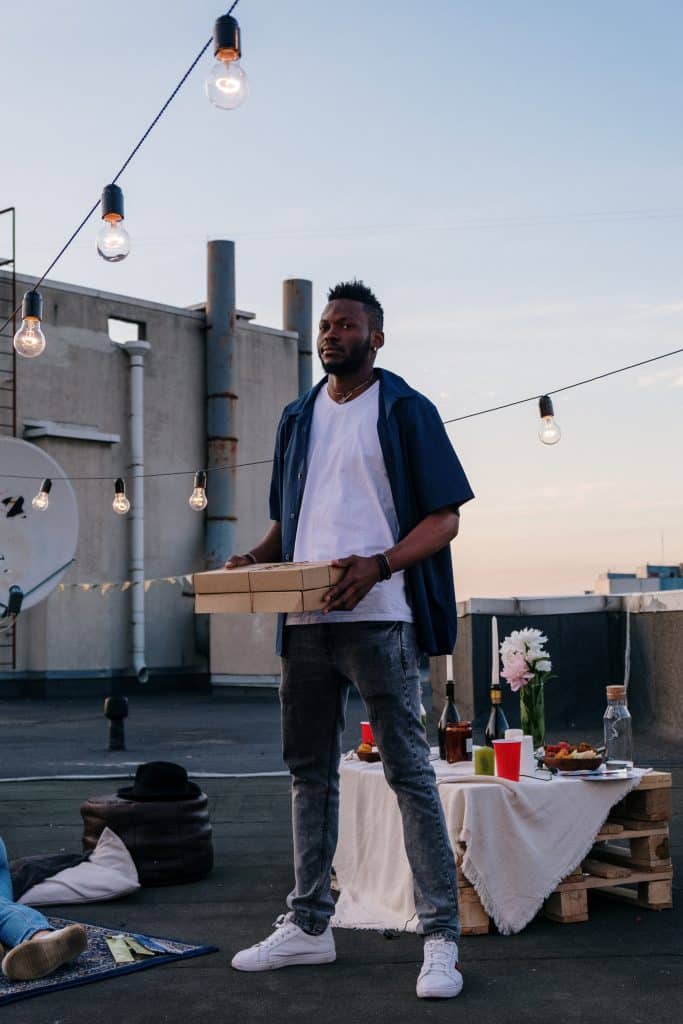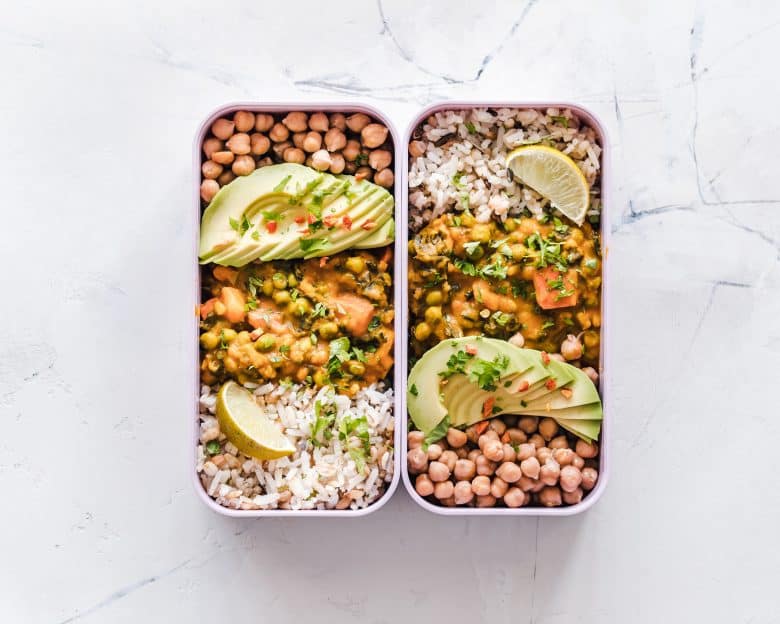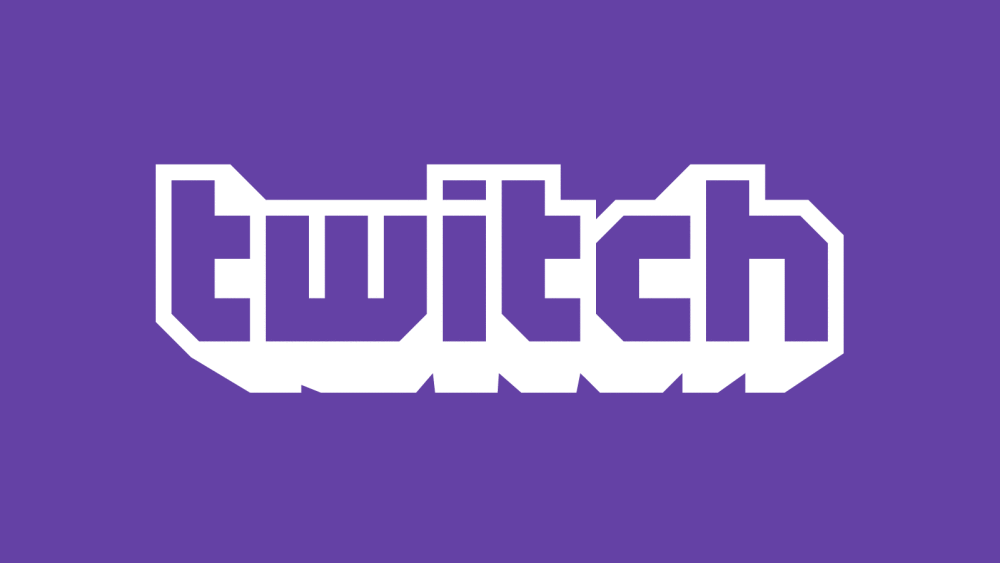The food industry is one of the largest and fastest-growing markets in the world. The industry is worth more than 800 billion dollars and is set to hit a trillion in the next few years. The pandemic and its impacts on people’s ways of life have significantly influenced this industry as much as others. For instance, over the past year, food delivery services have become very common. This segment of the industry has grown significantly with the growth of mobile delivery and e-commerce.
The growth of food delivery services has impacted the way the food industry works in several ways. Currently, there is a wide selection of food available for delivery. This industry has become very diverse. For this reason, practitioners in the industry like restaurants and takeaways have been forced to find ways to cope and keep up with the changes. This has led to the changes we will be discussing below.
The Future of the Food Industry
Below are elements that play a significant role in the future of the food industry;
Dark kitchens
Dark kitchen, popularly referred to as virtual kitchens or cloud kitchens, sell meals exclusively through delivery. This means that they do not operate restaurants where people order food, sit down and eat. The food that is produced in the kitchens can only be consumed elsewhere. They are called dark or ghost kitchens because the clients never get to see them or know where they are located. All they have to do is order meals online and have them delivered to their door. Cloud kitchens developed as a result of the rise of the food delivery service. Services like Uber Eats, Glovo, and Just Eats have paved the way to establish and grow cloud kitchens.

These kitchens seem to be a significant part of the future of the food industry. Even traditional restaurants are looking to convert into ghost kitchens. The reason is that they are easy to run and operate. All practitioners have to do is pick a delivery service to work with and get started. These third-party delivery channels have made it possible for more businesses to consider opening and running cloud kitchens and connecting with their consumers. They do not have to do it physically. They have made it easy for even the smallest of restaurants. Practitioners also get to spend less money on utilities and space for clients to sit and dine. Dark restaurants have become the norm in the food industry as the demand for food delivery services keeps increasing.
Virtual restaurants
Virtual restaurants are restaurants that do not offer delivery-only dining services. These services are facilitated through digital applications and the use of third-party services. Virtual restaurants are not very different from dark or cloud kitchens. The difference between the two is that cloud kitchens do not need to be housed within a restaurant. They operate outside the walls of the conventional brick and mortar restaurants.
On the other hand, virtual restaurants can be housed in an established traditional restaurant. It can also be housed in a dark, ghost or cloud kitchen. Delivery-only brands, often launched as a spinoff of an existing restaurant brand, can also be referred to as virtual restaurants.
The advancements in technology have paved the way for the increasing popularity of virtual restaurants. These technologies allow businesses in the food industry to provide a better online user experience, attracting more people to food delivery services. This is the main reason why virtual restaurants will be a significant part of the food industry’s future.
Nowadays, online orders through restaurants are booming because of assistance and learning about food delivery software. It is easier than ever for restaurants to function. Restaurants can easily customize their menus, keep track of orders, and manage delivery operations simultaneously. As a result, restaurants can now provide faster service to customers and improve customer satisfaction.
How do ghost kitchens and virtual restaurants work?

These food businesses run using a web or mobile application. What happens is that restaurants can create menus and orders for clients to make. Clients can access these web and mobile applications via computer or mobile phone. They can view menus, place orders, and pay for the orders online. Once the order is completed successfully by the client, then the restaurant or virtual kitchen is notified. From there, the kitchen can start preparing the order. Once the food is ready, the restaurant or kitchen has to commission a food-delivery service provider (third-party) who will deliver the meal to the location specified by the client. Most of the time, the client can track their order from when they click order until it arrives at the specified destination. Once the transaction is complete, the payment is dispersed to the relevant parties. Finally, the client has the option of reviewing or rating the restaurant, food, and services. These food providers can complete several transactions or orders per day.
Conclusion
Running a ghost kitchen or virtual restaurant can be beneficial in many ways. It reduces the costs of operating a food business, allows you easy access to your clients, and helps increase your reach. The trick is to find the perfect location for the kitchen or virtual restaurant.














Leave a Reply